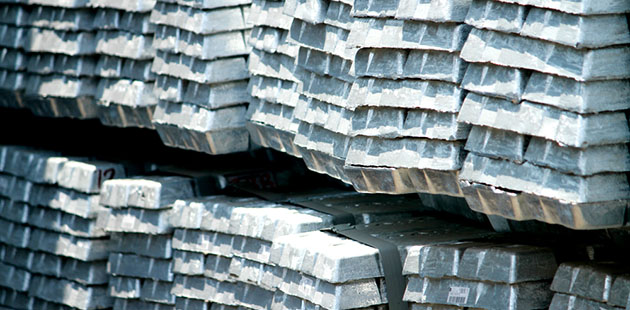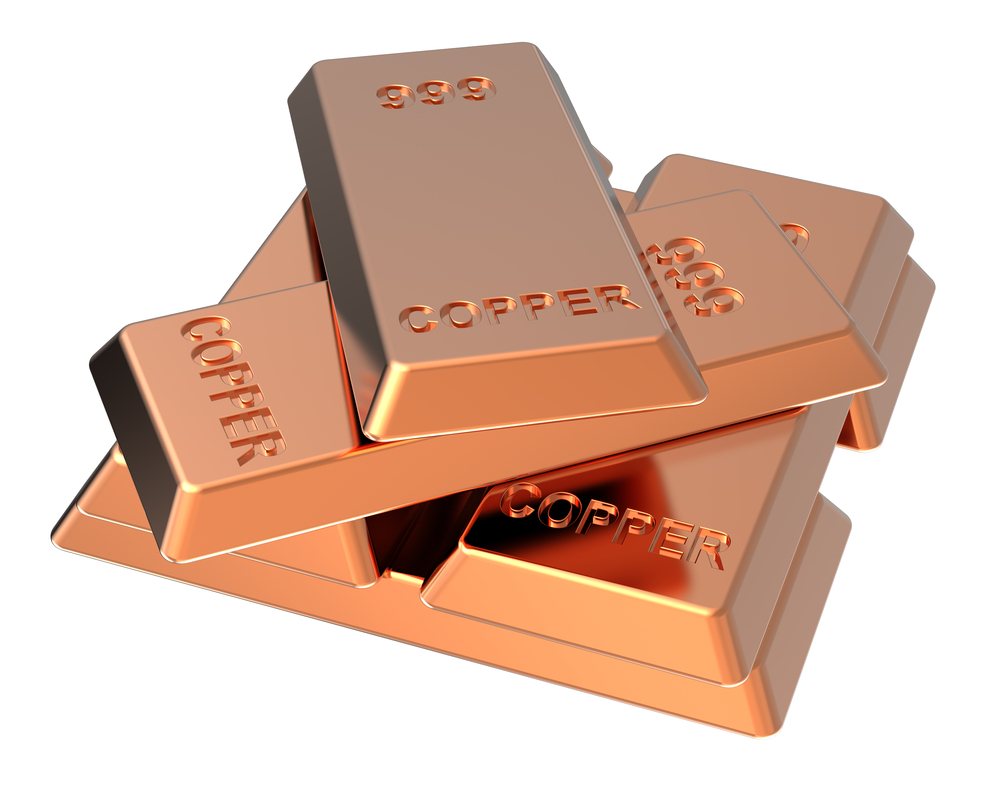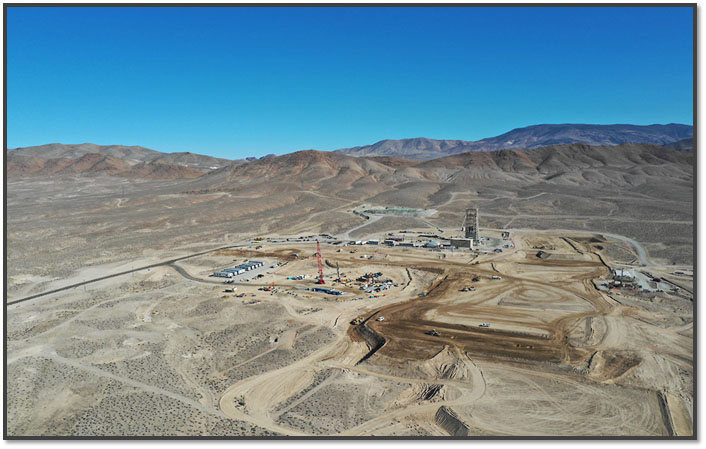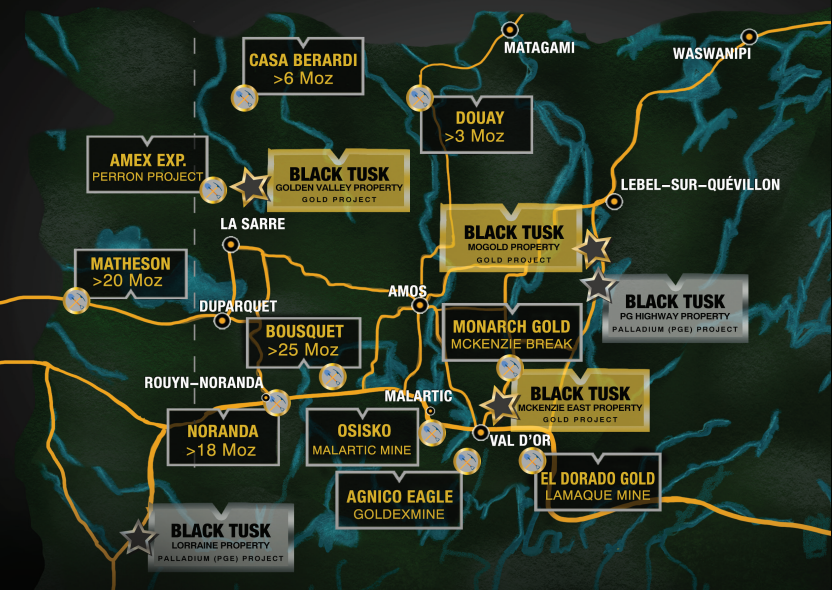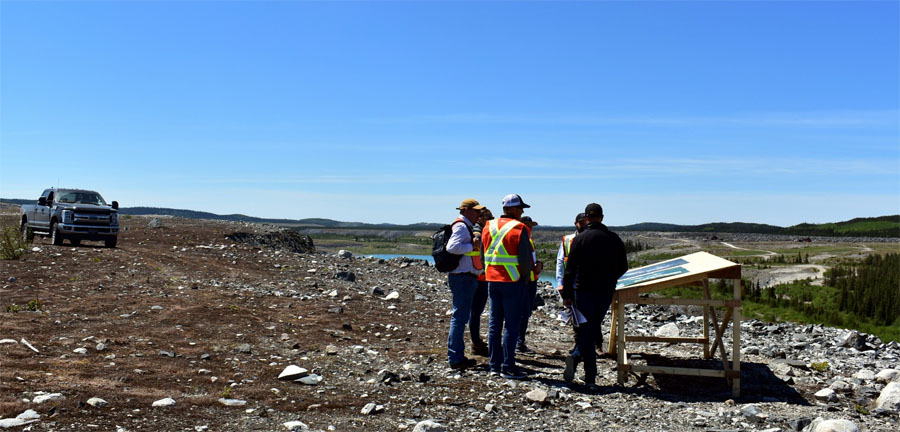Most people have no idea what zinc is used for, but it actually is the fourth most produced mineral in the world, trailing only iron, aluminum and copper. Its uses may not appear to be exciting, but they are essential: as a coating on iron and steel to protect them from rusting and as an alloy for creating bronze and brass, for instance. Zinc oxide is not only used in rubber manufacturing but also as a sunscreen.
The price of zinc has been on a tear recently. Not only was it the best performing metal last year on the London Metals Exchange—the world's largest market in options and futures contracts on base and other metals—increasing 90%, gains have continued into 2017. The third quarter saw zinc rise 16%, breaking through $3,000 per tonne, and reaching a 10-year peak.
What’s behind the rise? One factor is a decrease in supply. Australia's huge Century zinc mine closed in 2015, and the Lisheen mine in Ireland was right behind it, removing significant supply from the market.
On the demand side, there is China. Its infrastructure needs are increasing, and with that comes an expanding appetite for zinc.
So who will supply the zinc? Here are a few companies to watch:
Trevali Mining Corp. (TV:TSX; TV:BVL; TREVF:OTCQX) has catapulted itself to top-10 zinc producer status by acquiring two mines from Glencore: an 80% interest in the Rosh Pinah mine in Namibia, and a 90% interest in the Perkoa mine in Burkina Faso. The acquisition closed on August 31.
Trevali's CEO, Dr. Mark Cruise, at the time of the closing, said "These assets complement our successful Santander and Caribou mines and provide significant upside to shareholders in this strengthening macro-zinc environment through scale of production as well as an attractive package of exploration ground. All of the deposits remain open for expansion and active resource expansion programs are in progress. Additionally, we welcome Glencore as a key strategic shareholder in Trevali, expanding on the strong, proven business relationship we've enjoyed since 2010 at our Santander operation."
The addition of Rosh Pinah and Perkoa to Trevali's producing Santander mine in Peru and Caribou mine in New Brunswick, Canada, is expected to double annual production.
In October, Trevali announced record preliminary third quarter production of 58.4 million payable lb of zinc, 12.5 million payable lb of lead and 433,442 payable ounces of silver; the figures included September 2017 production at the Rosh Pinah and Perkoa mines.
Trevali also offers opportunities for incremental growth. In the preliminary economic assessement for the Halfmile and Stratmat projects in New Brunswick that Trevali released on Nov. 6, under the "base case" where the Halfmile and Stratmat deposits are fed to a new 3,000 tonne-per-day concentrator plant located at Stratmat, the PEA indicates a post-tax internal rate of return of 19%. The "alternative case" of "transporting pre-concentrated dense media feed" to the Caribou mill would result in an IRR of 25%, the company noted.
"This PEA study on Halfmile-Stratmat provides a strong, initial foundation for Trevali's future plans in the Bathurst Mining Camp," Dr. Cruise stated.
Blue Moon Zinc Corp. (MOON:TSX.V; BMOOF:OTC) also is looking to fill the zinc supply gap with the exploration of the Blue Moon zinc mine in California. The mine saw production during World War II, and in the 1980s and 1990s had advanced stage exploration conducted. A Sept. 14 article in Streetwise Reports focused on the historical data for the project. Subsequently, the company released an updated mineral resource estimate on Oct. 3.
CEO Patrick McGrath announced the "The updated Mineral Resource contains an estimated 377 million pounds of zinc in the Indicated Mineral Resource category and a further 395 million pounds of zinc in the Inferred Mineral Resource category, both at a conservative 4.0% ZnEq cut-off grade." The company has noted that these numbers represent a 20% increase in the Indicated category and a 23% increase in the Inferred category.
McGrath noted that "the Mineral Resource update coupled with prior metallurgical testing by Lakefield Research in 1998 (now SGS) which indicated excellent recovery and a clean concentrate, gives us confidence to proceed with the Preliminary Economic Assessment (PEA) of the Blue Moon deposit."
And so, the company is moving ahead with the PEA with all due haste. Blue Moon announced that it has engaged Mine Development Associates (MDA) to carry out the PEA. The firm has experience in California: MDA co-authored in 2015 a feasibility study for Golden Queen's Soledad Mountain mine in Southern California, which went into production in late 2016. Blue Moon's PEA is expected in Q1 2018.
Technical analyst Clive Maund of CliveMaund.com in June wrote, "fundamentally and technically the outlook for Savant Explorations (now Blue Moon Zinc Corp.) is good. This is primarily a zinc stock with the company advancing its Blue Moon project in California that also has significant quantities of gold, silver and copper."
On Sept. 24, Maund noted, "the zinc price is buoyant and is expected to remain so, especially when commodities as a whole advance as the dollar tanks, after its expected 'dead cat' bounce."
On Oct. 13, Clive Maund wrote, "Blue Moon is a rated a buy again here and especially if it should drop a bit further to the 5 cent level. It could zig-zag around for a while in this area marking out a small base pattern before advancing anew."
Barksdale Capital Corp. (BRO:TSX.V) offers another zinc play. The Vancouver-based exploration company began trading on the TSX Venture Exchange Oct. 11 under the symbol BRO; the company's listing was transferred from the NEX exchange.
Barksdale holds an option on the Sunnyside project in Arizona. The project is home to a porphyry copper system that offers multiple exploration targets, with the company initially focusing on a zinc skarn that it believes to be an extension of Arizona Mining's adjacent Taylor deposit.
The Taylor deposit is an advanced-stage zinc-lead-silver project. The preliminary economic assessment released by Arizona Mining in April projected an after-tax IRR of 42%, an initial capex of $457 million, a 1.7-year payback, a 19-year mine life and total operating costs of $48/ton.
Noted geologist Dr. Peter Megaw, the chief exploration officer of MAG Silver Corp. (MAG:TSX; MAG:NYSE.MKT), serves as an adviser to the Barksdale board. He told Streetwise Reports that he believes that the Sunnyside intrusive complex, which lies within Barksdale's property, is the center of a zoned porphyry copper to zinc-lead-silver replacement system and that the company should focus exploration on the rings or spokes of mineralization that surround the porphyry center. These systems show a classic outward transition from dominance by copper to zinc to lead to silver and each ring potentially contains large continuous bodies of high-grade multi-metal mineralization. He believes that the Sunnyside porphyry complex is almost certainly the source of Arizona Mining's Taylor-Hermosa body, and says that his research indicates that this type of system seldom contains only one major offshoot.
Pine Point Mining Ltd. (ZINC:TSX.V) hosts the Pine Point zinc-lead project in Canada's Northwest Territories. The deposit was first discovered in 1898 and was mined between 1964 and 1987, ramping up to 10,000 tonnes of ore per day. High operational costs and weak metal prices led to the mine closing in 1987.
Pine Point Mining released a preliminary economic assessment prepared by JDS Energy & Mining early this year that showed "a robust economic return with a relatively low capital cost compared to similar projects and an after-tax payback of only 1.8 years."
According to the company, "the PEA examined several development scenarios and settled on a mining plan where 10 open pit deposits would be developed using dense media separation plants followed by traditional grinding and flotation to upgrade mineralized material into lead and zinc concentrates, similar to the methods employed by Cominco when the mine was in production in the past."
Pine Point continues to explore the property. On Oct. 19, the company announced that it has remobilized a drill rig to drill geophysical anomalies that have no recorded drilling. The South Trend, which was mined by Cominco, ran through the Pine Point townsite, so it was not explored at that time. Pine Point has received a modification to its Land Use Permit to explore eight new claims, six of which are located in the former townsite.
And on Nov. 1, the company announced that results from the summer drill program have expanded the L65 deposit. Pine Point reported that "the program has been successful in extending the deposit to the west towards the K68 and M67 deposits. . .it now appears that the L65 zone mineralization is part of a continuous system connecting all four deposits (M62/63, M64, M67 and K68) although areas of weaker mineralization exist between deposits." The company noted that "mineralization at L65 remains open in several directions."
The other main focus of drilling, Pine Point stated, "has been confirming historical deposits in order to include them in the upcoming feasibility study."
Read what other experts are saying about:
Want to read more Gold Report articles like this? Sign up for our free e-newsletter, and you'll learn when new articles have been published. To see a list of recent articles and interviews with industry analysts and commentators, visit our Streetwise Interviews page.
Disclosure:
1) Patrice Fusillo compiled this article for Streetwise Reports LLC and provides services to Streetwise Reports as an employee. She owns, or members of her immediate household or family own, securities of the following companies mentioned in this article: None. She is, or members of her immediate household or family are, paid by the following companies mentioned in this article: None.
2) The following companies mentioned in this article are sponsors of Streetwise Reports: Trevali Mining and MAG Silver. Streetwise Reports does not accept stock in exchange for its services. Click here for important disclosures about sponsor fees. The information provided above is for informational purposes only and is not a recommendation to buy or sell any security.
3) Comments and opinions expressed are those of the specific experts and not of Streetwise Reports or its officers.
4) The article does not constitute investment advice. Each reader is encouraged to consult with his or her individual financial professional and any action a reader takes as a result of information presented here is his or her own responsibility. By opening this page, each reader accepts and agrees to Streetwise Reports' terms of use and full legal disclaimer. This article is not a solicitation for investment. Streetwise Reports does not render general or specific investment advice and the information on Streetwise Reports should not be considered a recommendation to buy or sell any security. Streetwise Reports does not endorse or recommend the business, products, services or securities of any company mentioned on Streetwise Reports.
5) From time to time, Streetwise Reports LLC and its directors, officers, employees or members of their families, as well as persons interviewed for articles and interviews on the site, may have a long or short position in securities mentioned. Directors, officers, employees or members of their immediate families are prohibited from making purchases and/or sales of those securities in the open market or otherwise from the time of the interview or the decision to write an article, until one week after the publication of the interview or article. As of the date of this article, officers and/or employees of Streetwise Reports LLC (including members of their household) own securities of Blue Moon Zinc Corp., Barksdale Capital Corp., Pine Point Mining Ltd., companies mentioned in this article.
Additional disclosures about the sources cited in this article


